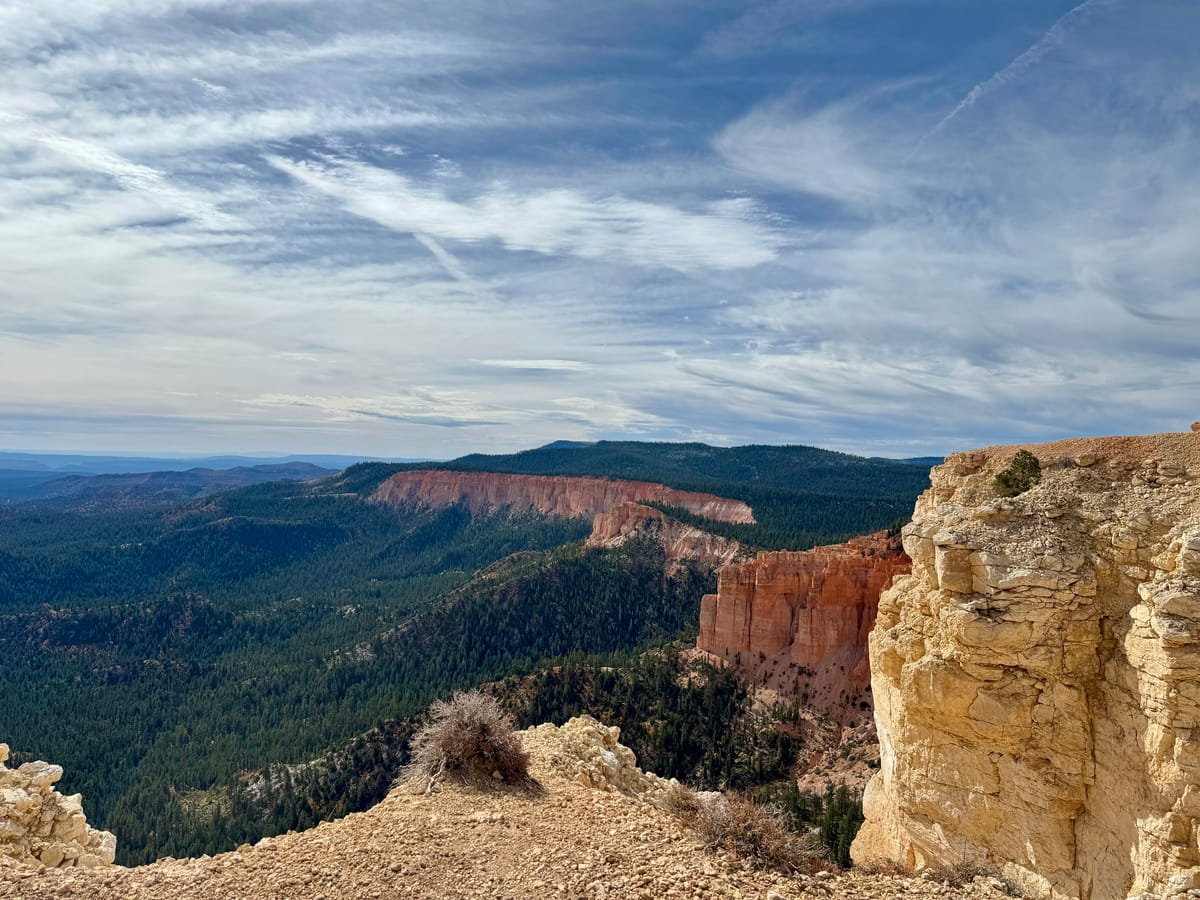Outdoor Imagery for Inspiration

I am currently writing this post from the beautiful Grand Staircase-Escalante National Monument in Escalante, Utah. My daughter is a forester here in this amazingly scenic area, so my husband and I have an excuse to visit regularly. We hike in the mountains, the desert, and along the red rocks. We go on drives and visit gorgeous overlooks, identifying the rainbow of rock layers in the staircase. We observe trees, flowers, and plant life, identifying and appreciating them. We listen to the calls of birds and try to spot them with the help of our binoculars. We come home feeling rejuvenated and inspired.
Using nature imagery at the piano
When I am learning or teaching expression in a piece of music I draw on many types of inspiration; emotions, moods, and characters. Most often I draw on inspiration from nature. Conjuring images of outdoor scenes and senses can help to beautify and add interest to any piece of music.
The first question I ask myself or a student: 'What does this piece make you think about?'
The follow up questions are: 'What does this phrase remind you of?' or 'How does it make you feel?'
Some of the nature related answers to these questions might be:
There are so many more images to draw upon, these are just some of the possibilities.
The next step: Write a few ideas in the music to remind yourself of the imagery you hope to portray. You may even come up with a cohesive story throughout the whole piece.
How composers use images from nature
Composers have always drawn on their surroundings for inspiration in composing. There are also those that have given nicknames related to nature to pieces not originally intended by the composer, but the listener can't help but hear the similarities. Here are just a few examples of compositions inspired or compared to nature:
We can find inspiration not only in our surroundings, but in the music of these inspired composers. This is a very small sampling of what is actually out there!Hopefully it serves as a starting point for exploration of compositions inspired by nature, as well as inspiration for your own performing!
